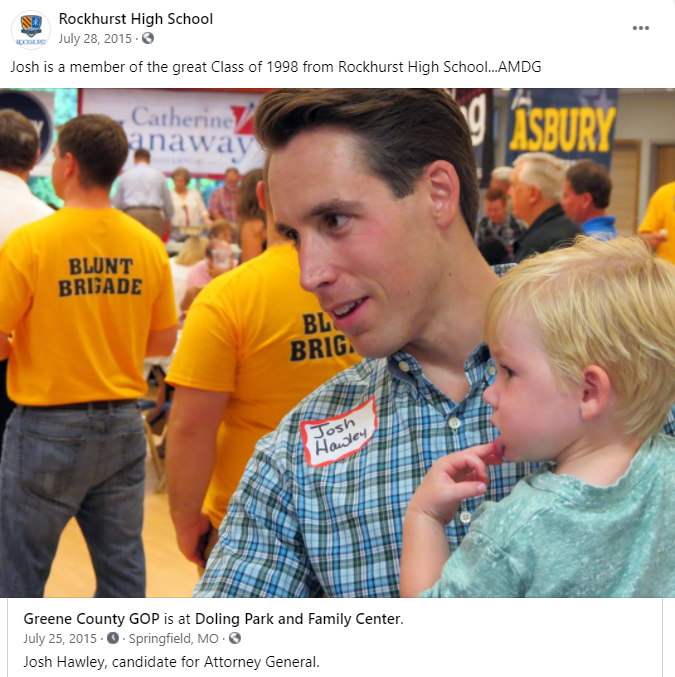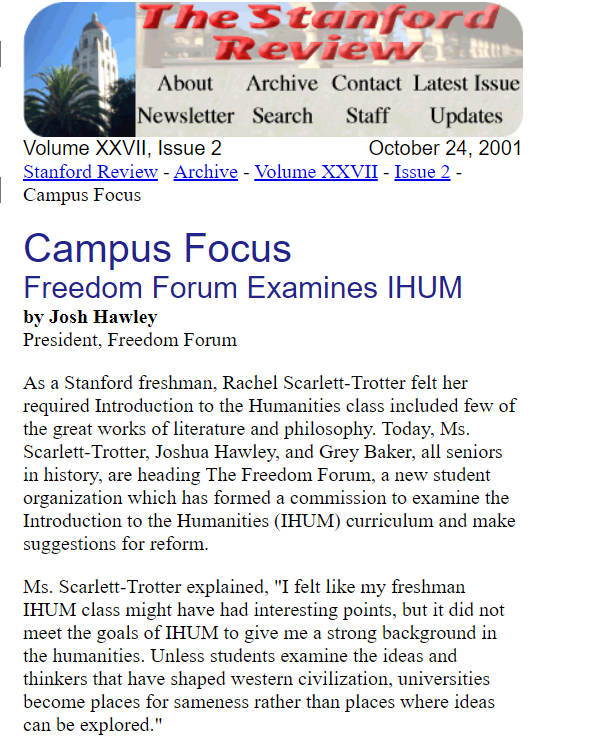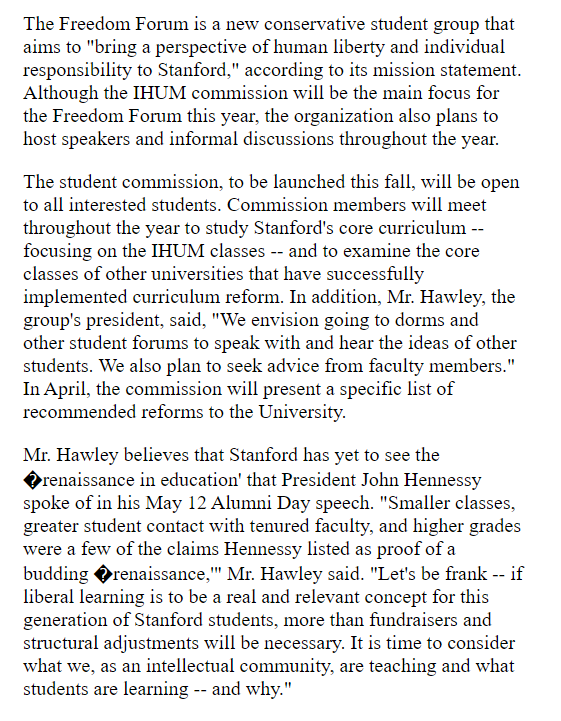📑 Listicles
If you're starting out this one is perfect for you.
Curate lists of:
- Tools to use.
- Books to read.
- Creators to follow.
- Podcasts to listen to.
Add a question & you got a banger.
Grab this template ↓
X life-changing [books, podcasts, courses,etc..)
1. ______________
2. _____________
3. ____________
4. ___________
5. __________
6. _________
7. ________
→ What did I miss?/What else?
🔖 How to do X
This one will get you authority and fans.
Break down something you did in steps.
List them down & encourage people to go for it.
Grab the template ↓
An easy X-step process to [desired outcome]:
1. ______________
2. _____________
3. ____________
4. ___________
5. __________
6. Thank me later
🆚 A vs B
We hate to admit it.
But humans love to compare things.
Why? Your brain LOVES contrast.
Steal A vs B Template ↓
How to achieve [desired outcome]
Old/bad/slow/wrong [way or action]
❌ Bad way#1
❌ Bad way #2
❌ Bad way #3
New/good/fast/right [way or action]
✅ Good way #1
✅ Good way #2
✅ Good way #3
❓ Asking questions
The Twitter algorithm loves replies.
The best way to get replies is = Ask questions.
Steal these examples & template ↓
How did you make [X} thing?
How did you make your first $1 online?
What is your favorite [X]?
Who is your favorite creator on Twitter?
In ONE WORD, what stops people from doing [X]
In ONE WORD, what stops people from building an online audience?
🛠️ Build in public
People get excited when you share what you're building.
Take it a step further by asking for advice.
Here is a template you can use ↓
[X] is an essential [asset/tool/step].
I'm planning to do [the thing you want to build].
What would you do if you were me?
🌶️ Hot Takes
This one is Twitter's secret weapon.
If you use it right, you can easily go viral.
if you want this one to work: Be BOLD.
Grab the Template ↓
[Popular Opinion] is bullsh*t.
In reality [take a stand against it].
Example:
Having high engagement on your Tweets is bullshit.
In reality, likes ain't cash my friend.
✨ Lessons learned
The comobination of:
Doing something impressive.
+
Sharing your lessons learned.
Gives you an edge over everyone else.
Use this Template to Ace it ↓
I've achieved [impressive thing] in just X [days, weeks, months]
Here are X Lessons I learned:
1. Lesson #1
2. Lesson #2
3. Lesson #3
4. Lesson #4
5.Lesson #5
TLDR; 7 Tweet templates to get you millions of impressions:
🆚 A vs B
📑 Listicles
🌶️ Hot Takes
🔖 How to do X
🛠️ Build in public
❓ Asking questions
✨ Lessons learned
If you enjoyed this thread:
• Follow me
@albadawee on my journey from 0 → $1M.
• Like/Comment/ RT to help your friends up their content game.
https://t.co/A3b40ZXd34



